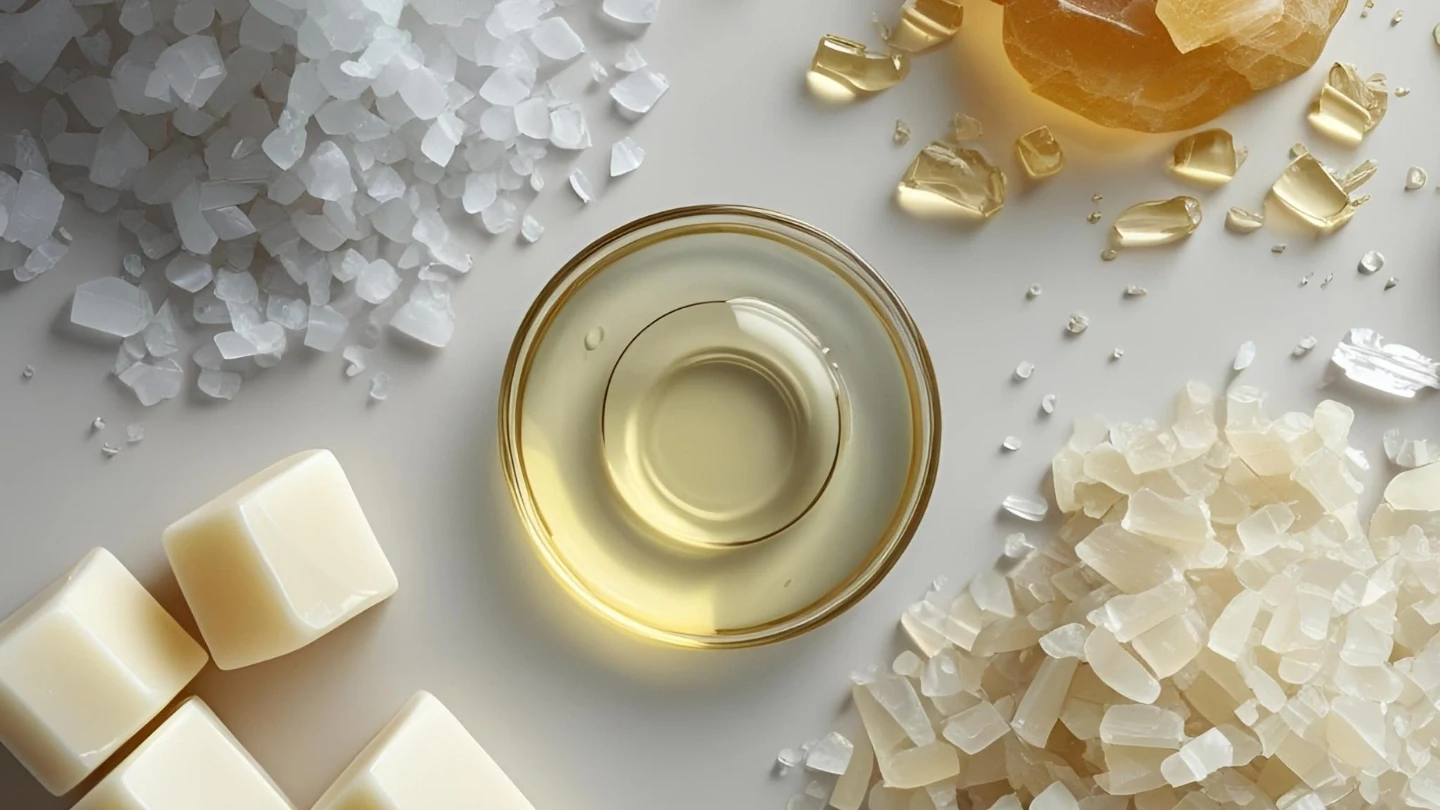Powdered Milk: A Comprehensive Guide to Its History and Uses
The History of Powdered Milk
Powdered milk, initially developed for infant formula, gained prominence in Poland post-World War II. During the food crisis, it was distributed alongside dried meat and canned goods to address shortages. Its popularity surged in the 1970s and 1980s due to its convenience and long shelf life.
What Is Powdered Milk?
Powdered milk, also known as milk concentrate, is created by removing over 90% of the water from fresh milk, resulting in a stable, easy-to-store product. Available in full-fat, low-fat, and skim varieties, it retains concentrated minerals and vitamins. The drying process reduces moisture to 3-5%, making it ideal for long-term storage.
Applications in the Food Industry
Powdered milk is a versatile ingredient used in products like cakes, biscuits, chocolate, yogurt, ice cream, cheese, and reconstituted milk. In the dairy industry, it serves as a cost-effective substitute for fresh milk. In baked goods, it enhances flavor, promotes browning for a golden hue, and boosts nutritional value.
Infant Formula vs. Industrial Powdered Milk
Industrial powdered milk differs significantly from infant formula. The former is typically low-fat and natural, with no added ingredients. In contrast, infant formula is tailored to mimic breast milk, enriched with vitamins, minerals, and enzymes. Some formulas are lactose-free for sensitive infants, and production adheres to strict hygiene standards.
Nutritional Profile of Powdered Milk
Industrial powdered milk retains the salts of fresh milk, but heat during drying may cause minor protein denaturation and vitamin loss. Infant formulas are often fortified with nutrients like iron. Contrary to myths, adding powdered milk to foods like cakes and biscuits enhances their nutritional value rather than diminishing it.




